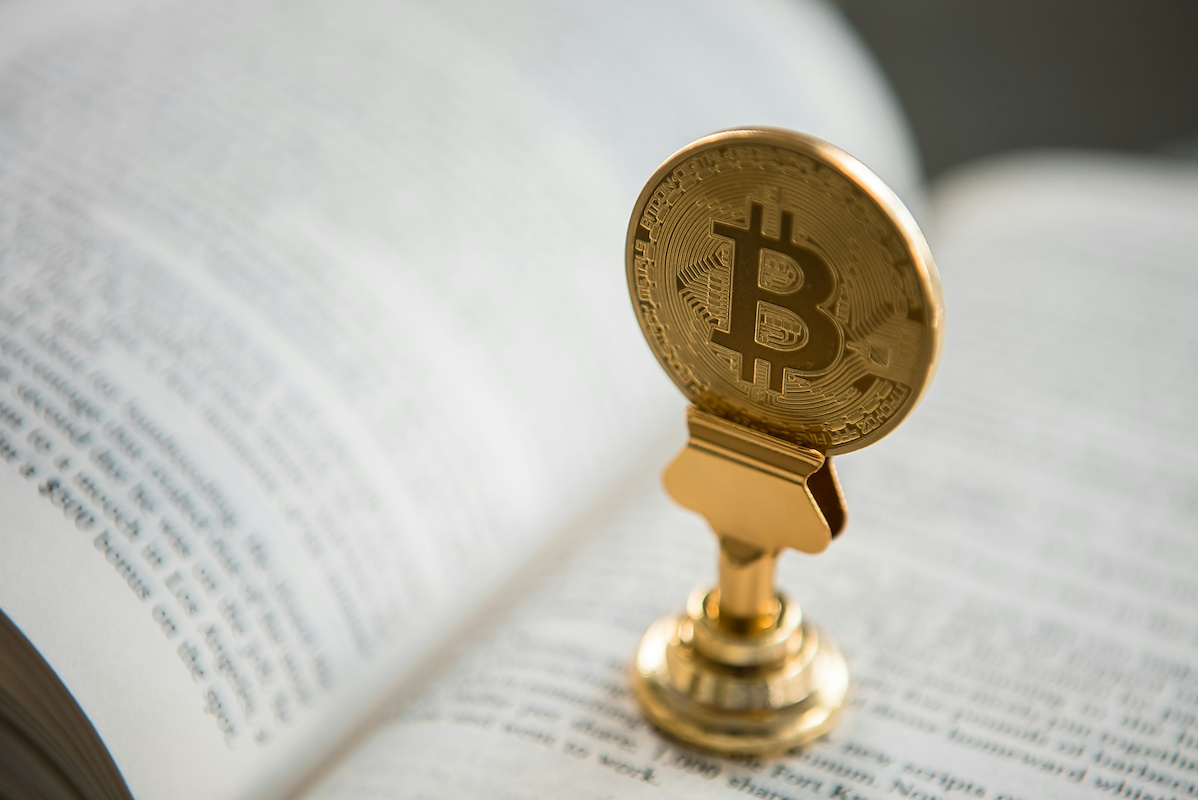Key Takeaways
- What It Is: A dust attack sends tiny crypto amounts to a large number of wallets.
- The Goal: Attackers track this dust to link addresses together and de-anonymize wallet owners.
- Protection: Do not move the dust; use wallet features like coin control to isolate it.
What Is a Dust Attack?
A dust attack is a privacy assault where an attacker sends minuscule amounts of cryptocurrency to thousands of wallet addresses. This "dust," often just a few satoshis (the smallest unit of Bitcoin), might be an amount like 0.00000546 BTC, worth less than a penny. These transactions are designed to be so small that many users might not even notice them appearing in their wallets.
The attacker’s objective isn't the money itself. Instead, they monitor these dusted outputs. When a user unknowingly includes the dust in a future transaction, the attacker can follow the funds. This allows them to link multiple addresses to a single owner, effectively deanonymizing the user and mapping out their financial activity on the blockchain for potential future exploits.
How Does a Dust Attack Work?
An attacker begins by broadcasting a transaction that sends a negligible amount of cryptocurrency to a vast number of public addresses. This action seeds the blockchain with traceable markers. Each tiny deposit, or "dust," acts as a digital breadcrumb linked to the attacker's own address.
The attacker then uses blockchain analysis software to monitor these dusted addresses. When a user spends the dust along with their other funds, the attacker can connect the user's various addresses. This process compromises the pseudonymity of the wallet holder, revealing their transaction patterns and total holdings.
What are the Risks of a Dust Attack?
While a dust attack doesn't steal funds directly, its primary risk is the systematic erosion of your financial privacy. An attacker connects your wallet addresses to build a profile of your transaction history and total holdings. This information exposes you to several targeted threats.
- Deanonymization: Linking multiple crypto addresses to a single entity, exposing your financial activity.
- Phishing: Creating personalized scams based on your known transaction history or balance.
- Extortion: Demanding payment with the threat of publicizing your private financial data.
- Physical Safety: Revealing large holdings could make you a target for theft or other real-world crimes.
How to Protect Against a Dust Attack
This is how you can safeguard your privacy against these attacks.
- Identify any small, unsolicited deposits in your wallet. These are often just a few cents' worth of crypto.
- Leave the dust untouched. Do not move or spend these tiny amounts, as doing so confirms the link to your other addresses.
- Flag the transaction. Many modern wallets allow you to mark suspicious UTXOs so you do not accidentally use them.
- Use coin control features. If your wallet supports it, manually select which inputs to include in your transactions, making sure to exclude the dust.
Real-World Examples of Dust Attacks
In 2019, a widespread attack targeted hundreds of thousands of Litecoin addresses, sending dust to advertise a crypto service. Another notable case involved Samourai Wallet, which intentionally dusted wallets to demonstrate privacy vulnerabilities on the blockchain. These events show that the technique is not just theoretical; it is actively used for purposes ranging from advertising to security analysis. This highlights the real-world application of such attacks and the importance of wallet hygiene.
Future Trends and Implications of Dust Attacks in Cryptocurrency
As blockchain analytics improve, dust attacks will likely become more automated and precise. Attackers may use them for more than just deanonymization, such as targeted advertising or even market manipulation. The response from the crypto community will be crucial in maintaining user privacy.
- Sophistication: Attacks will grow more complex, using AI to analyze transaction patterns for more effective deanonymization.
- Countermeasures: Wallet developers will introduce more advanced privacy features, like automatic dust detection and segregation.
- Awareness: Greater user education will be the primary defense, making people more cautious about small, unknown transactions.
Dust Attacks and the Lightning Network
The Lightning Network, designed for fast, off-chain payments, still interacts with the main Bitcoin blockchain to open and close channels. These on-chain transactions are vulnerable. If a user inadvertently funds a new Lightning channel with a dusted UTXO, the attacker can connect their on-chain address to their off-chain Lightning activity. This compromises the privacy of their Lightning payments, linking them back to the user's main wallet and transaction history, defeating a key privacy aspect of the network.
Join The Money Grid
To move money globally with confidence, you need an infrastructure that is both fast and secure. Lightspark provides a Bitcoin-powered payments network with enterprise-grade tools, giving you the control to execute instant transfers while protecting your financial privacy from on-chain analysis.


